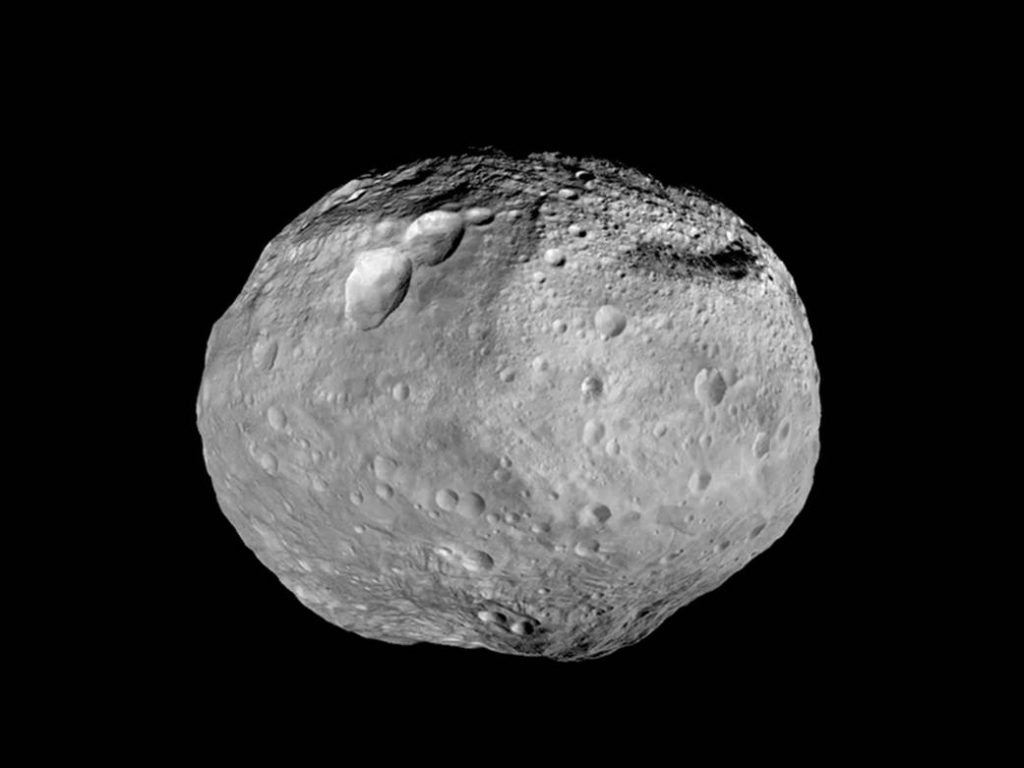By Erich Karkoschka

This month marks the end of the evening visibility of Venus. It perhaps is visible until August 3. This is the greatest time for telescopic observations since it shows a large crescent. By the 31at, it is only illuminated by 6%.

Mars is 3 degrees east of Venus but the separation increases since Venus is stationary on the 21st while Mars keeps on going. Mars passes 1 degree north of Regulus on the 9th and 10th.

Mercury appears in the evening sky on the 12th, passing Regulus on the 28th.

The moon passes those three planets including Regulus on the 18th to 20th. On the 18th it is still very difficult to find. On the 19th it is right in the middle of them. On the 20th it is close to Mars.

Saturn rises during the late evening. Its rings are almost edge-on.

Neptune follows an hour later.

Jupiter rises after midnight and is very high by dawn.

Uranus is 10 degrees east of Jupiter in the morning sky.





